UN inspectors reach Ukraine nuke plant
UN nuclear inspectors made it to Ukraine’s Zaporizhzhia power plant Thursday on a long-awaited mission to assess the reactors and make any repairs to prevent a feared catastrophe.
The visit from the 14-member expert delegation from the International Atomic Energy Agency, the UN’s nuclear watchdog, came after months of negotiations to access Europe’s biggest nuclear plant amid fierce fighting between Russian and Ukrainian forces, who’ve accused one another of shelling the site.
Arriving in a convoy of SUVs and vans, the inspectors, clad in matching blue bulletproof vests marked “United Nations,” were led by IAEA director Rafael Grossi.
Later, Grossi reported the group had collected important information and would continue its assessment.
“The key things that I wanted to see, I saw,” Grossi said, adding about the staff: “Despite a difficult situation and circumstances, they are very professional in their work.”
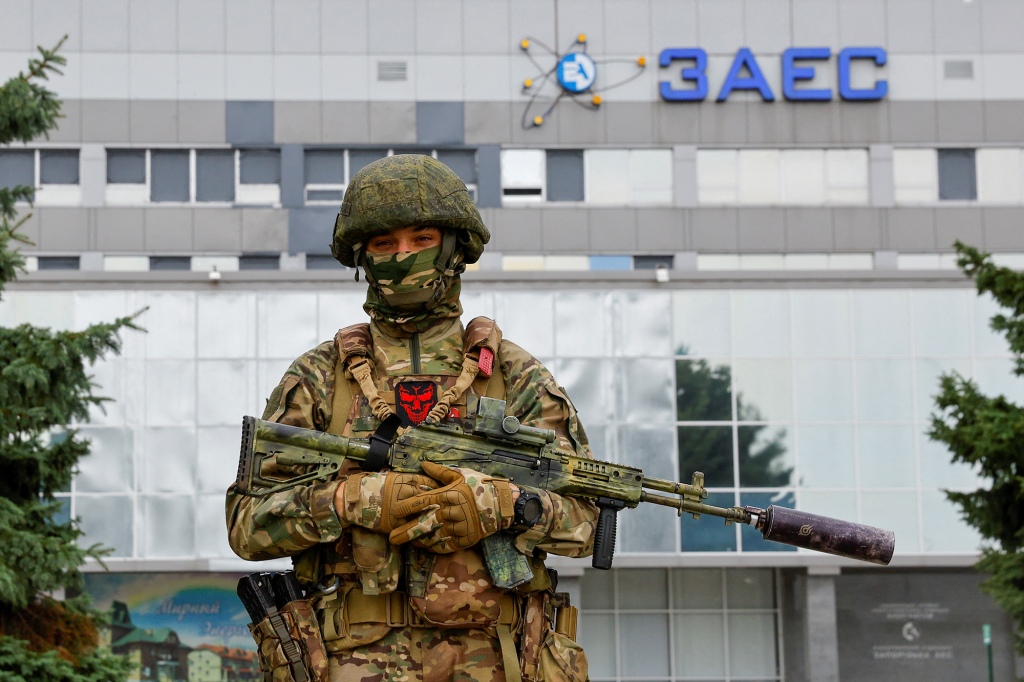
According to the IAEA chief, his experts would maintain a continued presence at the facility and he’d continue to worry until the situation at Zaporizhzhia stabilized.
Grossi left behind five members of his team to continue an inspection expected to last through Saturday.
As the experts made their way through the war zone toward the complex, Russia and Ukraine blamed one another for trying to sabotage the IAEA mission by shelling the area around the plant, which delayed the team’s progress.
Energoatom, Ukraine’s state nuclear power company, said Russian mortar shelling triggered the shutdown of one of its reactors by its emergency protection system and damaged a backup power supply line used for in-house needs. One of the plant’s reactors that wasn’t operating was switched to diesel generators, Energoatom said.
“There has been increased military activity, including this morning until very recently,” Grossi said on the journey, adding that after a briefing by the Ukrainian military, he decided to keep moving despite the risks. “Weighing the pros and cons and having come so far, we are not stopping.”
Energoatom chief Petro Kotin, speaking at a Ukrainian-controlled checkpoint on the road to the plant, said Ukrainian authorities were making “all efforts” to switch back on the plant’s fifth reactor.
Kotin also told reporters the UN inspectors’ visit would be successful if it led to the “demilitarization” of the facility.
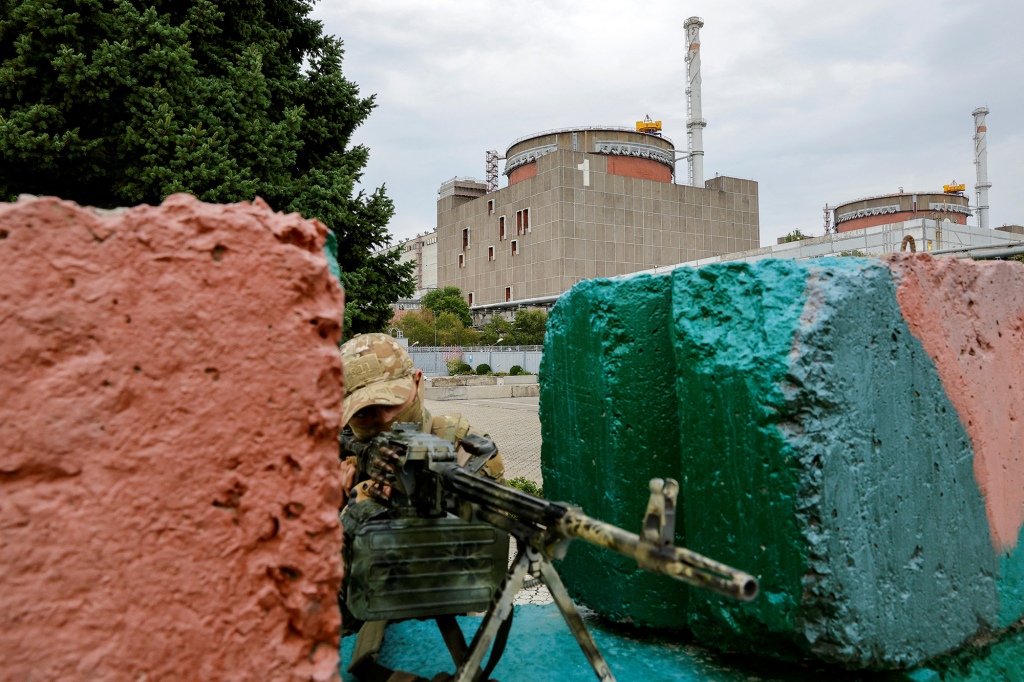
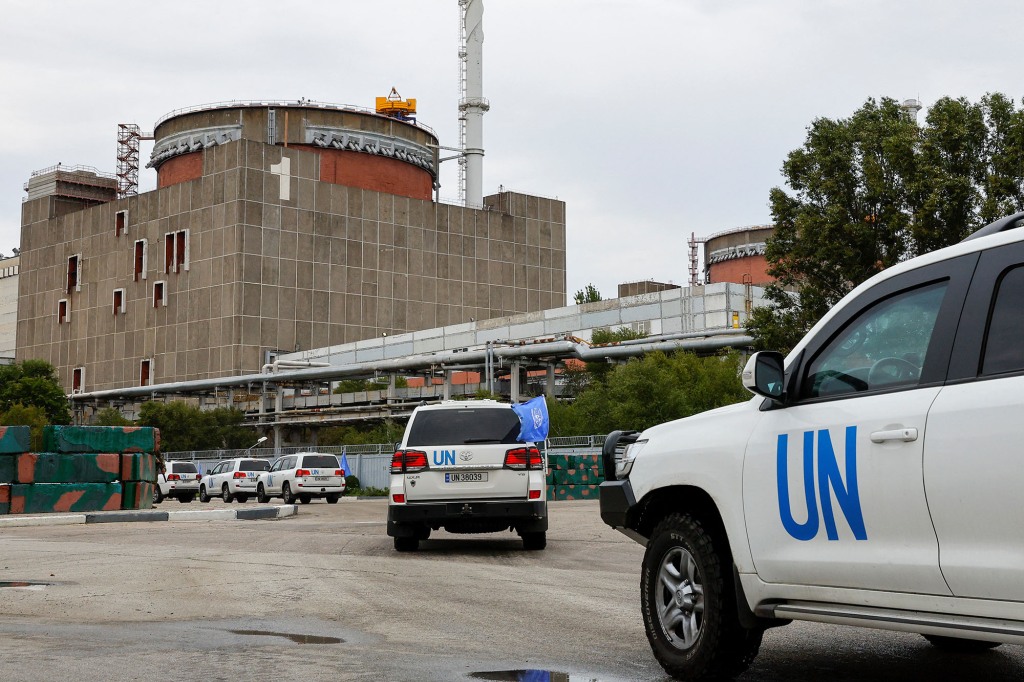
“If this mission helps to do that, then it will be successful,” he said, adding he hoped the IAEA visit would mark a “step forward” toward that goal.
The Zaporizhzhia plant has been occupied by Russian forces but run by Ukrainian engineers since the early days of the 6-month-old war. Ukraine alleges Russia is using the plant as a shield, storing weapons there and launching attacks from around it, while Moscow accuses Ukraine of recklessly firing on the area.
Russia’s Foreign Minister Sergei Lavrov said on Thursday Moscow was doing everything to ensure the plant could operate safely, and for IAEA inspectors to be able to complete their tasks.
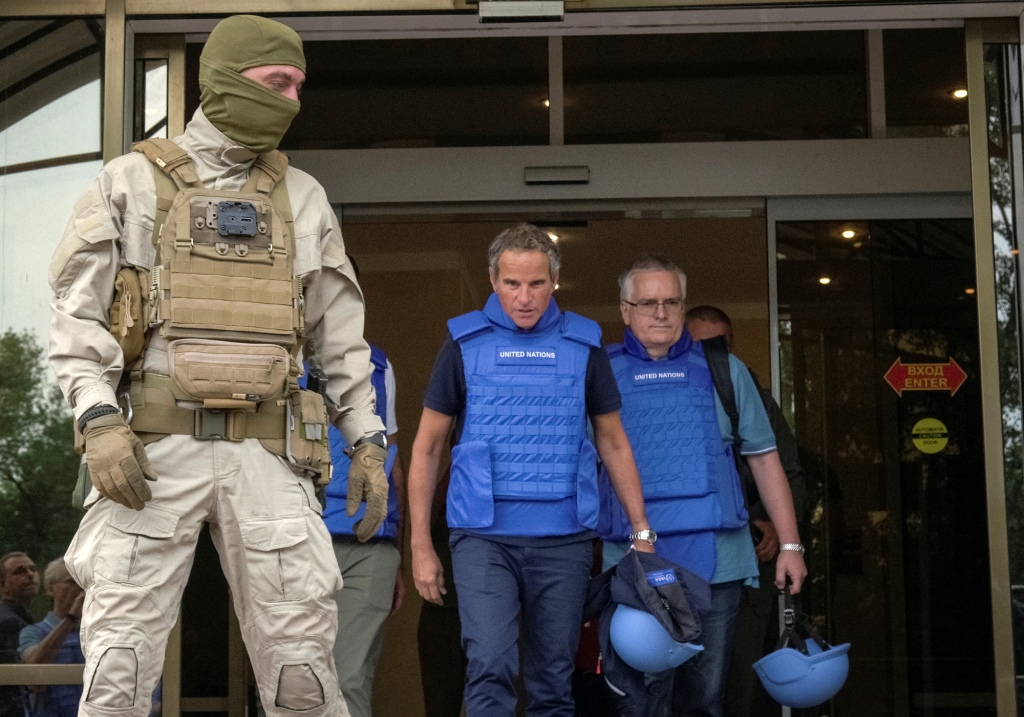
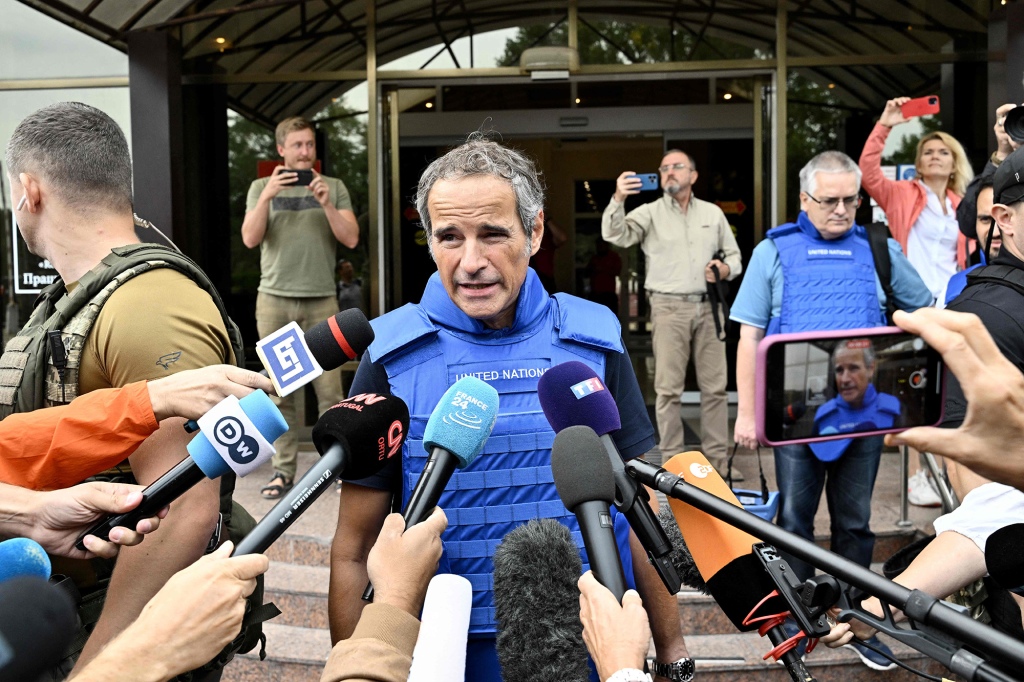
“In the event of further attempts by Kyiv to disrupt their work with shelling or sabotage, the entire responsibility for the consequences will fall entirely on the Zelensky regime and its handlers and their ‘support group’ in the West,” Lavrov stated, referring to Ukraine’s President Volodymyr Zelensky.
In late August, Zaporizhzhia was briefly knocked offline for the first time in the plant’s history because of damage related to shelling, heightening fears of a radiation leak or a reactor meltdown. Officials have begun distributing anti-radiation iodine tablets to nearby residents.
IAEA spokesperson Michael Amdi Madsen said earlier in the week the team would assess damage to the plant, determine the state of its main and backup safety systems and evaluate the control room staff’s working conditions.
Grossi said he’ll consider establishing a standing IAEA presence at the plant, “which we believe is indispensable to stabilize the situation and to get regular, reliable, impartial, neutral updates of what the situation is there.”
Lavrov said Moscow expects “impartiality” from the team.
Ahead of the visit, Russia’s Defense Ministry reported that Ukrainian forces unleashed an artillery barrage on the area and then sent a group of up to 60 scouts to try to seize the plant on the Dnieper River.
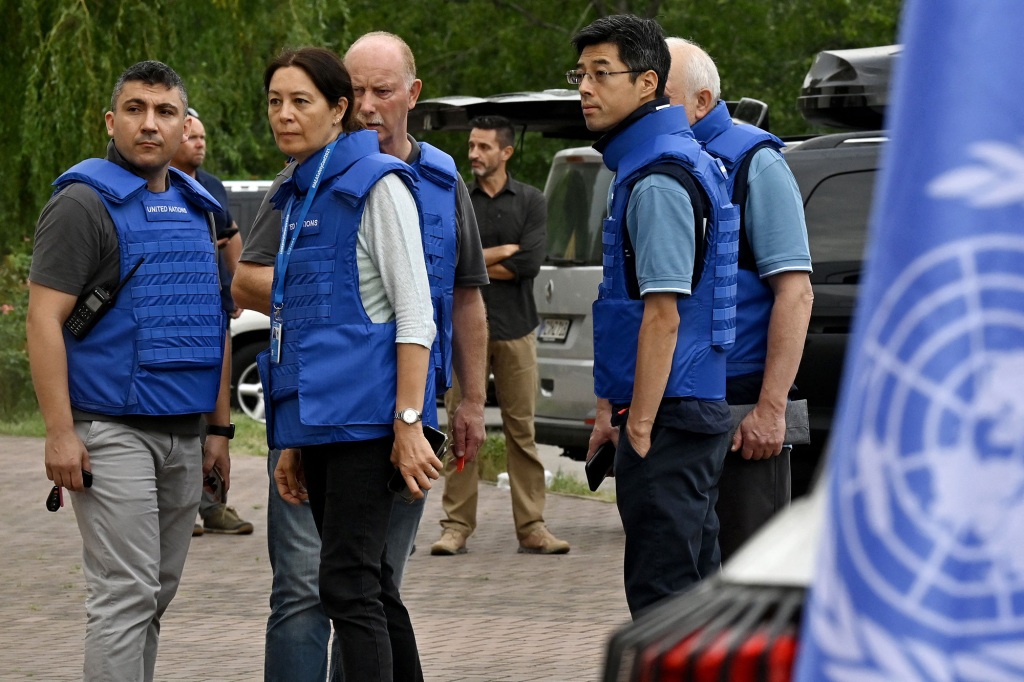
It said the Ukrainian troops arrived in seven speedboats but that Russian forces “took steps to destroy the enemy,” using warplanes to kill about 40 combatants and capture several others.
Ukrainian officials, meanwhile, accused Russian forces of shelling Energodar and a corridor that the IAEA team was set to go through.
Neither side’s version of events could immediately be independently verified.
With Post wires
Read the full article Here


